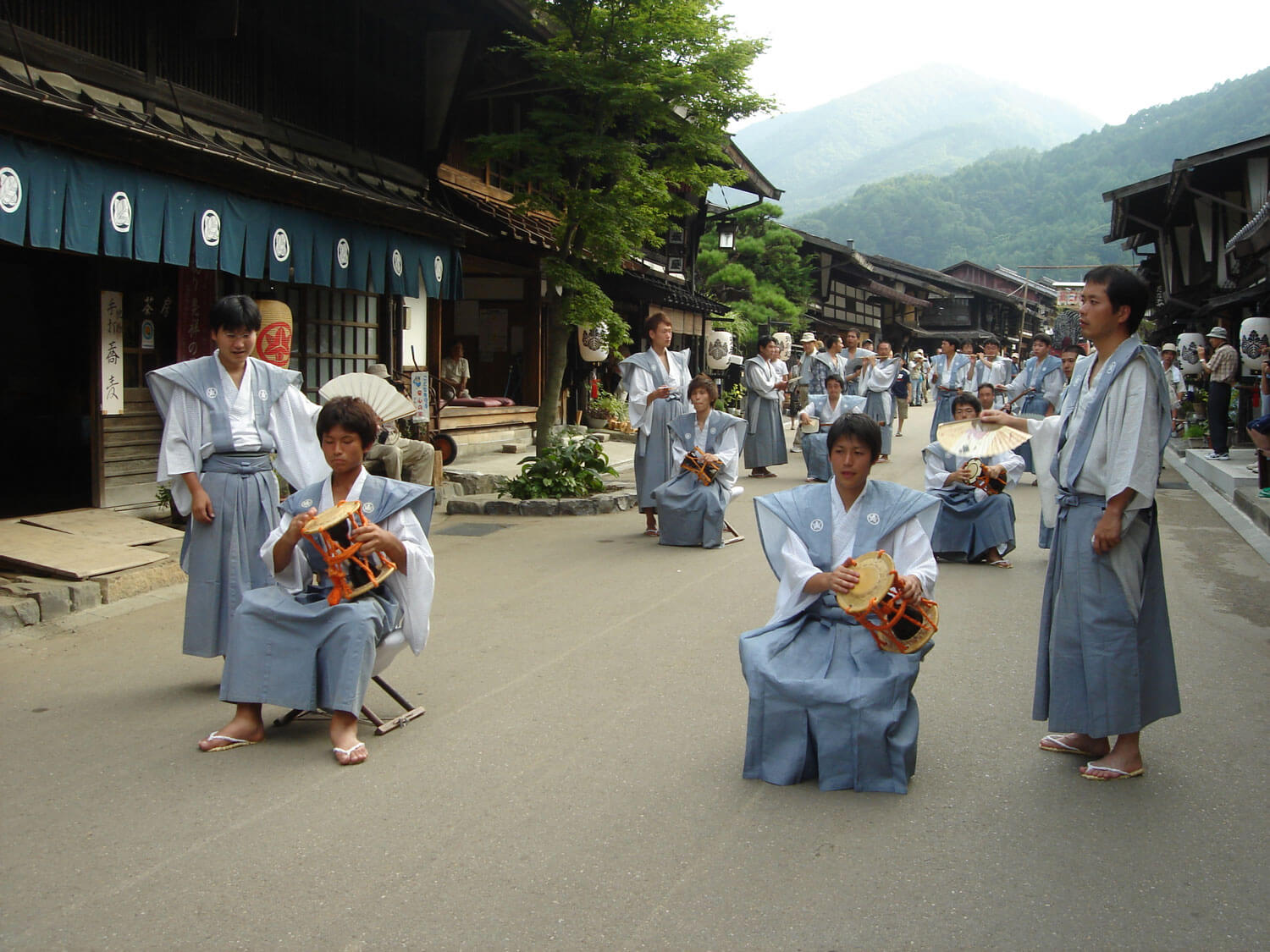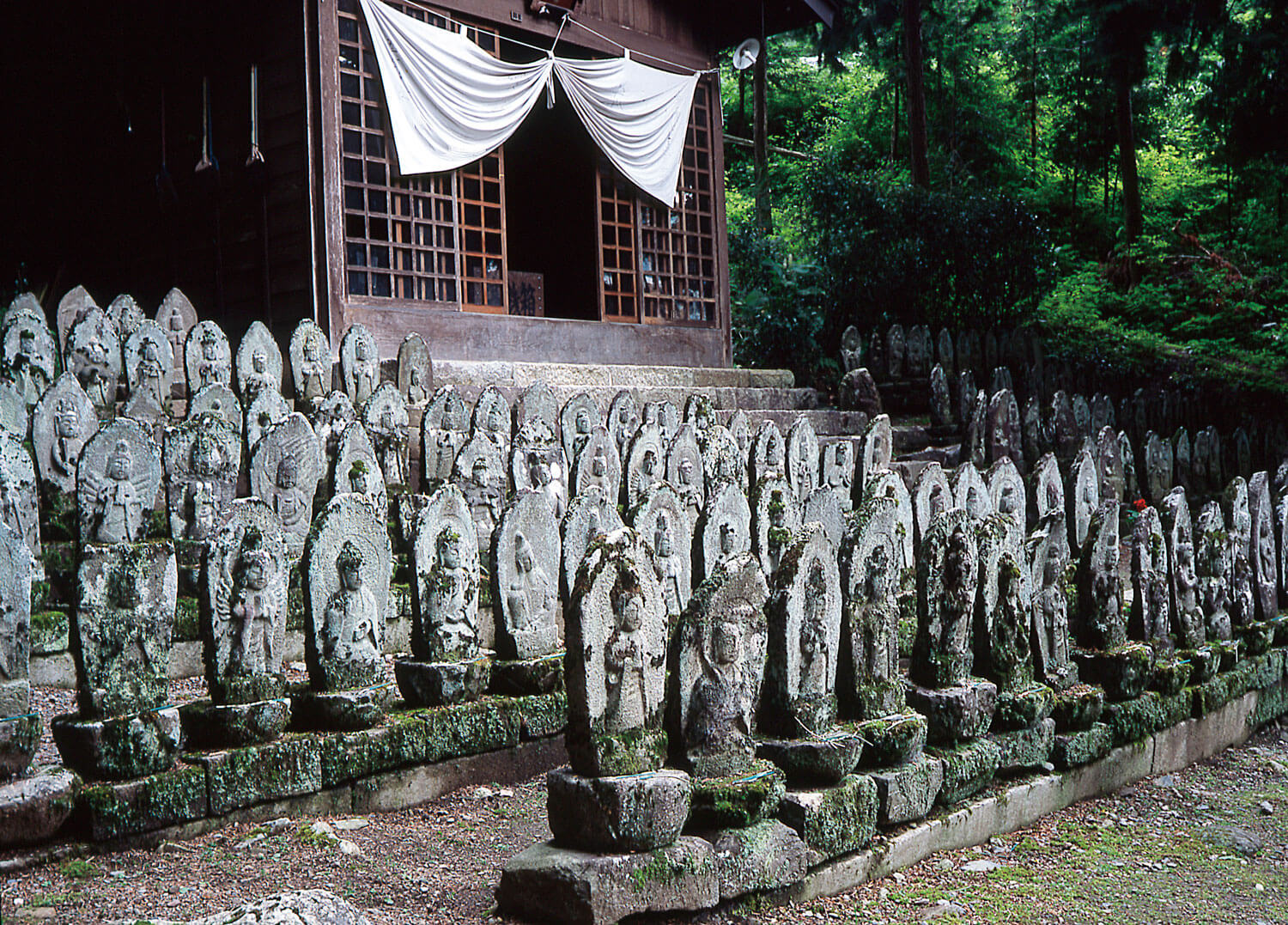Following in the Footsteps of Samurai on the Nakasendo Trail
At 534 kilometres long, this ancient historic route linking Tokyo and Kyoto can still be followed in certain places.

Narai-juku © JNTO
The Nakasendo trail, also known as Kisokaido, is a route once travelled by feudal governors, salesmen, artisans, and samurai that connected Tokyo and Kyoto during the Tokugawa period (1603-1867). Some stretches of the trail, which forms part of the Five Highways to Edo (now Tokyo), have remained extremely picturesque.
A route that supported customs and traditions
One of the most beautiful stretches, the Kiso valley, gives the impression of reliving these forgotten moments in time while discovering the Japanese countryside. In each valley there are a number of stop-off points, juku, where travellers and their horses would once take a break before continuing on their voyage. Today, 69 of these remain and are exceptionally well preserved.
Hiking also offers the opportunity to learn more about traditions and those who would have once taken this route, such as newlyweds travelling to Edo for the ceremony. One of them, Kazunomiya, the youngest sister to the emperor (and great-great-aunt to the current emperor) was sent to Edo in 1861. Aged 16, she was due to marry the fourteenth Shogun. According to legend, tens of thousands of people accompanied her on the great voyage.
More information on the Nakasendo trail can be found on the Japanese National Tourism Organisation’s website.

© Narai-juku Tourist Association

© Narai-juku Tourist Association

Narai-juku © JNTO

Narai-juku © JNTO

Narai-juku © JNTO

Narai-juku © JNTO

© Narai-juku Tourist Association
TRENDING
-
Hiroshi Nagai's Sun-Drenched Pop Paintings, an Ode to California
Through his colourful pieces, the painter transports viewers to the west coast of America as it was in the 1950s.

-
A Craft Practice Rooted in Okinawa’s Nature and Everyday Landscapes
Ai and Hiroyuki Tokeshi work with Okinawan wood, an exacting material, drawing on a local tradition of woodworking and lacquerware.

-
The Tattoos that Marked the Criminals of the Edo Period
Traditional tattoos were strong signifiers; murderers had head tattoos, while theft might result in an arm tattoo.

-
David Bowie Dressed by Kansai Yamamoto
The English singer was strongly influenced by 'kabuki' theatre and charged the Japanese designer with creating his costumes in the 1970s.

-
‘Seeing People My Age or Younger Succeed Makes Me Uneasy’
In ‘A Non-Conformist’s Guide to Surviving Society’, author Satoshi Ogawa shares his strategies for navigating everyday life.





